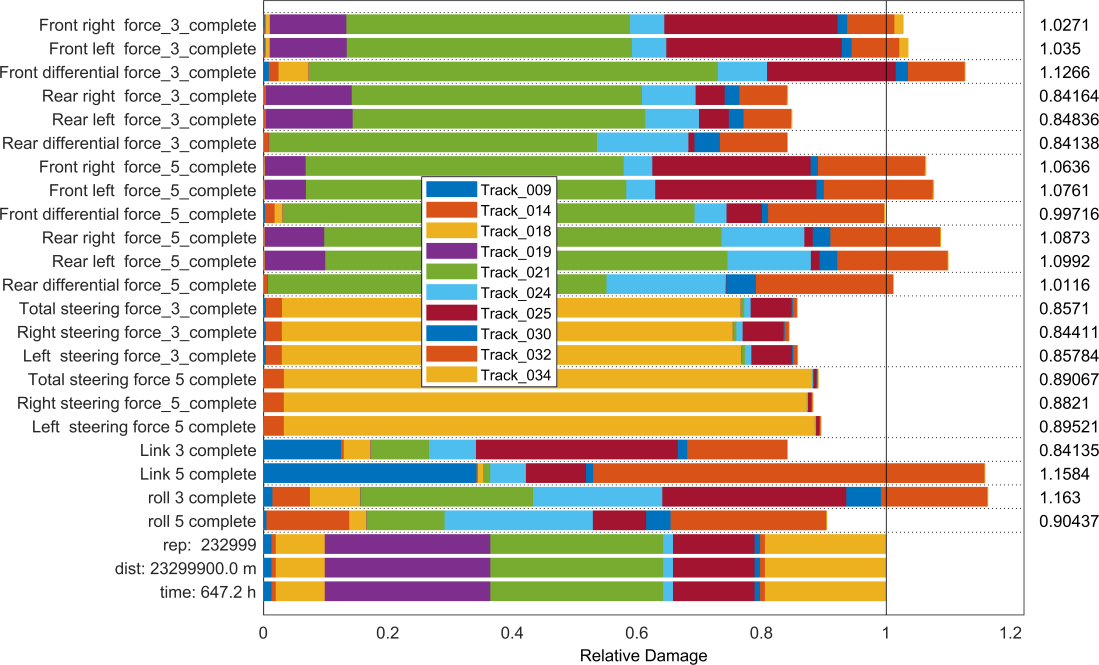Having derived a design load for the vehicle development process (e.g., with U·Sim), one often wants to map it to a schedule on the proving ground. There are three main reasons for doing this:
- The resulting signals contain the durability relevant loading in a more condensed and shortened way.
- The schedule to be derived can be applied not only to exactly the vehicle of the measurement campaign, but also to variants.
- Measuring the loads can be easily repeated.

